
How secure an interview: for designers wanting to break into the world of books
Posted on June 4, 2019 in UK
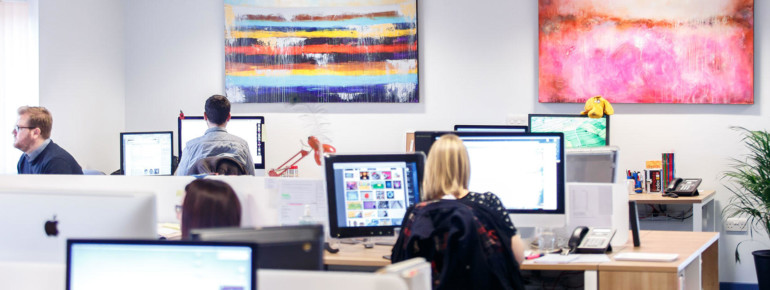
emc design is the largest design studio dedicated to publishing in the UK. We receive 100s of CVs and portfolios a year, and some of them really stand out and let us know, way ahead of interview that the candidate will be a good designer.
With over 25 years in the business, working with top international publishers, we would like to share our tips for securing an interview in a design-related role. If you are inspired, and think you are ready for the challenge, then you might also like to apply for our 2019 Graduate scheme, which starts in September 2019.
- You are a brand. Everything a potential employer sees about you online is part of that brand. Think about this as you browse through your own website, portfolio and social media accounts. Is the brand identity you came up with a year ago now suitable for the designer you now are? If not maybe now is the time to take stock and re-think and tweak your personal branding. If you show that you have taken the time and have the ability to brand yourself consistently across your application, and the web, you will definitely stand out as one of the better designers.
- Configuring your CV. As a designer, this is your moment to convey both who you are, and the quality of your work. Even if you have worked on thousands of projects, for the sake of your CV it’s best to stick to one A4 page. You can use two columns instead of one so that you can maximise the space on one page, and show off your best graphic solutions skills. Although employers do want to see the quality of your work, your main goal is to make your CV easy to read. Some employers will want to print out CVs, so it’s best to submit it either in black and white, or with a black and white version. Our final tip is to supply your CV as a PDF.
- Using a portfolio. Many employers will request to see a portfolio too, and this should be consistent with your CV. Set up a template to keep key portfolio elements consistent on every page and limit the number of projects you choose to put in it. Selecting the right ones can be hard, so make sure to choose the ones that best highlight your skills and the area of design you are interested in, as well as the ones you enjoyed the most. It goes without saying really, but make sure you have thoroughly spell checked your portfolio. Grammatical errors and typos are real bugbears of ours. We have also seen pixelated images, fonts that aren’t embedded and pages that you have to rotate the right way up!
- Read the job spec properly. Each publisher will have their own process of recruiting and this means you need to read through the job spec to make sure you have submitted what they have requested. Consider having multiple versions of the same portfolio but aimed at different types of publisher or publishing agency. It’s a little bit more work, but if you’ve set up your template correctly then switching pages about won’t be too much of a problem.
Best of luck with your applications. If you are interested in editorial design then we would love to hear from you too. Click here to read more (deadline 7th July 2019).

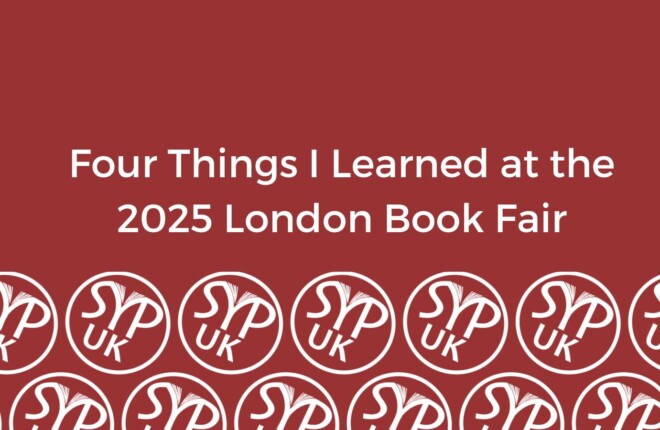
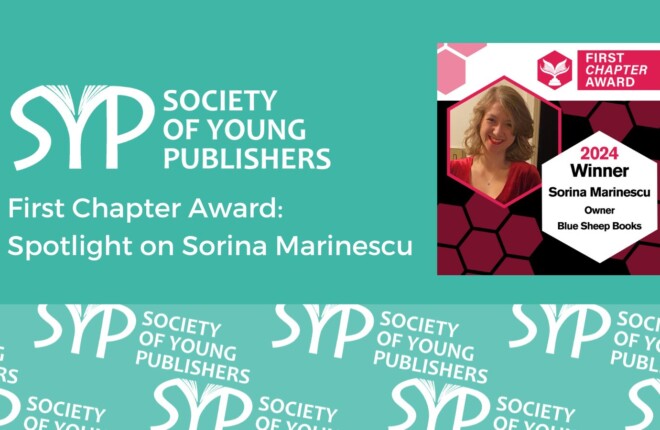
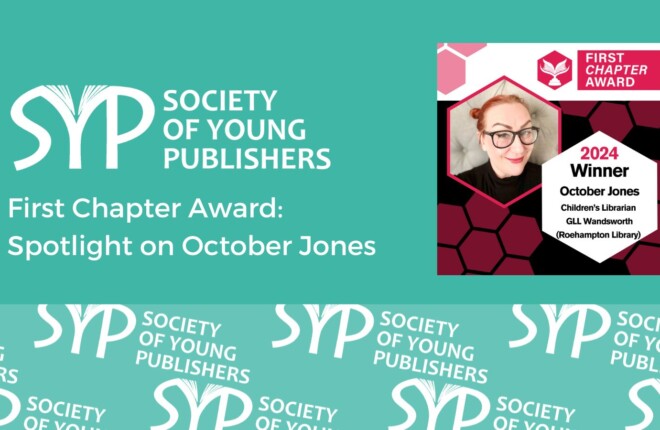
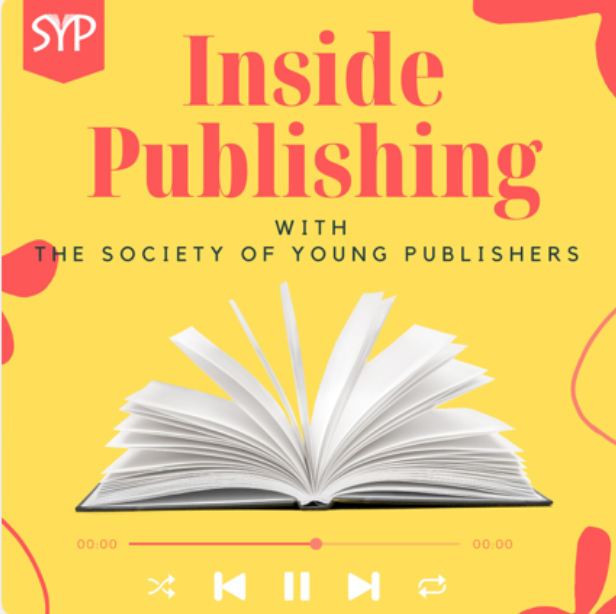 Listen to the podcast
Listen to the podcast  Explore the Youtube channel
Explore the Youtube channel